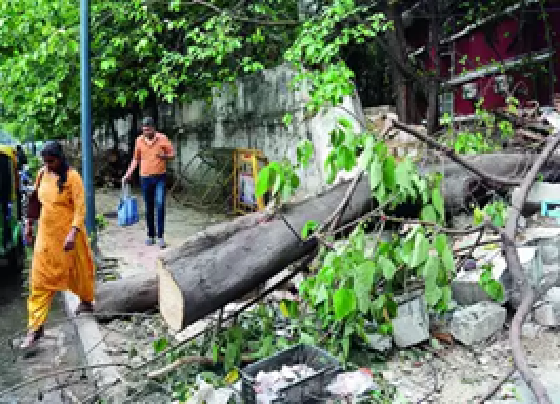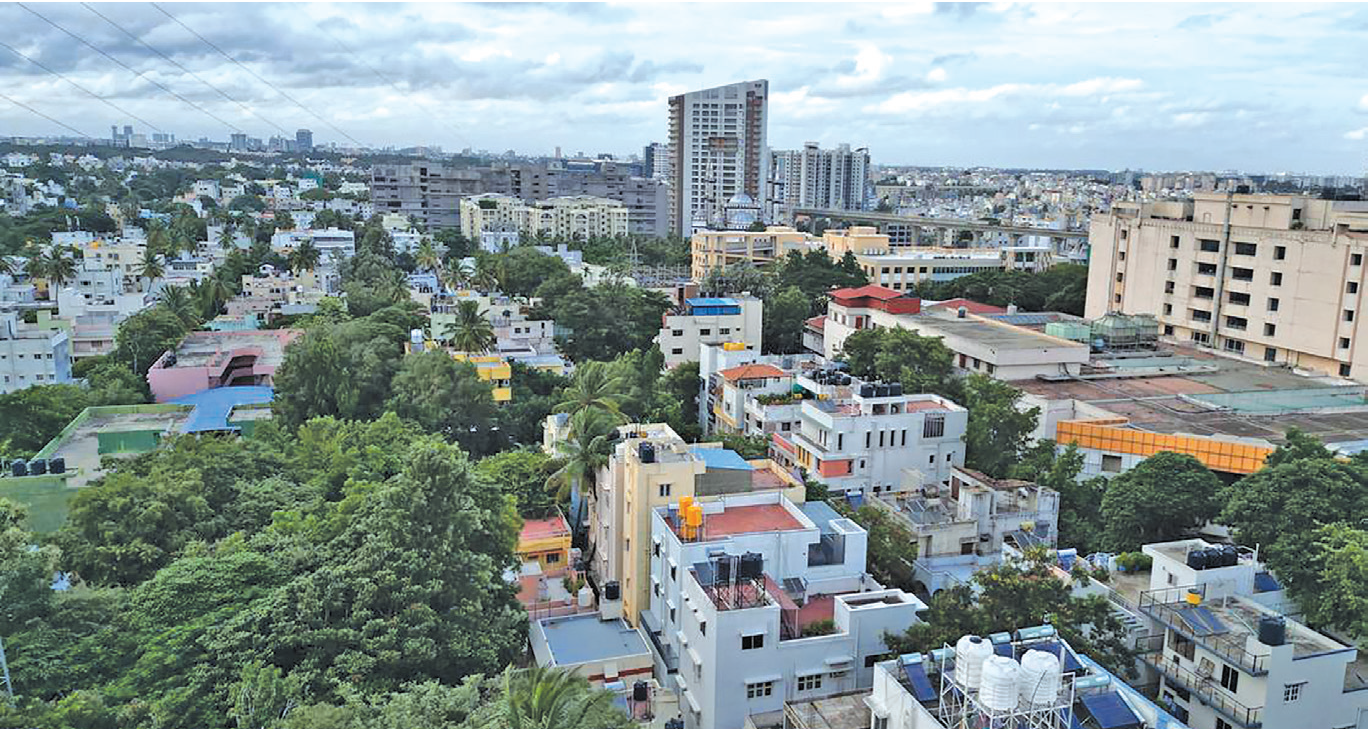
Reviving Bengaluru’s birds: The need for rustic gardens over manicured landscapes
From concrete jungle to green haven, how we can restore Bengaluru's sky by reviving bird populations through urban greening
NT Bengaluru: Since the year 2000, Bengaluru has experienced a marked decline in bird populations, a troubling trend that reflects broader environmental issues. Factors such as urbanisation, deforestation, and pollution have significantly altered the city's landscape, leading to the loss of critical habitats for various bird species. As green spaces disappear, the migratory routes of many birds are disrupted, limiting their ability to find suitable breeding grounds and food sources.
This decline in migratory birds has serious ecological implications; birds play vital roles in ecosystems through processes like seed dispersal and pest control. The State of India’s Birds 2020 report reveals that many bird species across India are facing population declines due to habitat loss, climate change, and pollution. This report highlights the detrimental impact of urbanisation on bird populations. As cities like Bengaluru expand, natural habitats are systematically destroyed, leading to the loss of breeding grounds and food sources essential for survival. One of the significant challenges in understanding bird population dynamics is the lack of comprehensive, long-term data, particularly at the city level.
This makes it increasingly difficult to quantify declines in specific areas like Bengaluru. Dr. M.B. Krishna, a renowned ecologist, emphasises the urgent need for protective measures in urban areas. Bengaluru is witnessing an alarming loss of greenery, especially when comparing the city’s rapid expansion to the sizes of urban parks like Lalbagh and Cubbon Park. M.B. Krishna notes, “Bengaluru’s rapid expansion has forced many migratory birds to struggle in their search for suitable living conditions, highlighting the urgent need for habitat conservation.” This urban sprawl has increasingly affected migratory birds that rely on suitable habitats, leaving them vulnerable and bereft of essential resources. In the 1980s, Lalbagh was home to 800 ducks, and Bellandur hosted about 20,000 birds. M.B. Krishna remarked, “In the 1980s, Lalbagh was teeming with ducks and birds. Today, those numbers have alarmingly declined, serving as a critical indicator of our city’s ecological health.” Birds serve as vital indicators of ecological health, acting as warning signals for the state of our environment.
For instance, while human body temperature averages around 37°C, birds can reach temperatures up to 45°C due to their high metabolism, further underscoring their importance in the ecosystem. Creating a healthier ecosystem requires a concerted effort to increase greenery and foliage throughout the city. M.B. Krishna noted, “Creating a healthier ecosystem requires concerted efforts to increase greenery and conserve water bodies. We must embrace wild growth instead of focusing solely on manicured gardens.” This approach can significantly contribute to ecological restoration.
 English daily published in Bengaluru & Doha
English daily published in Bengaluru & Doha






